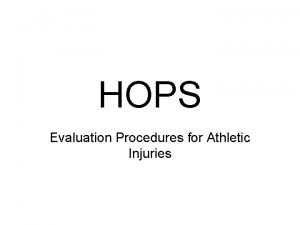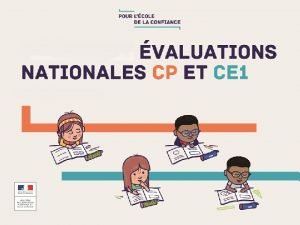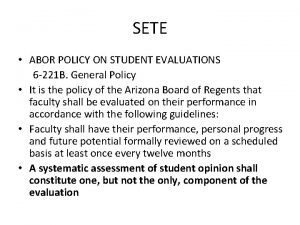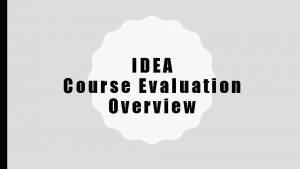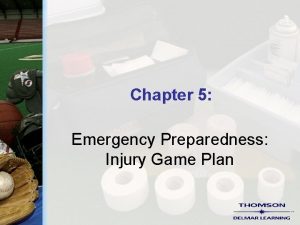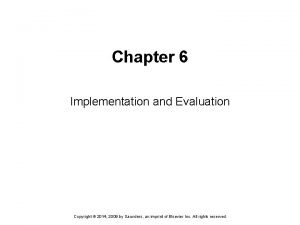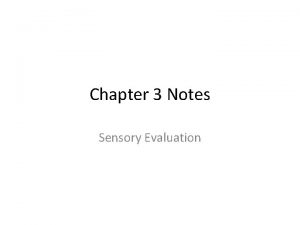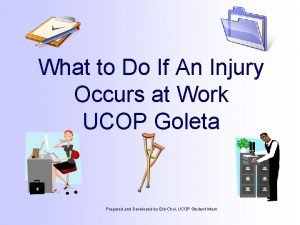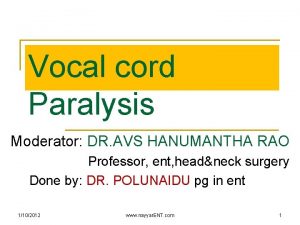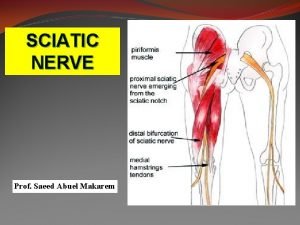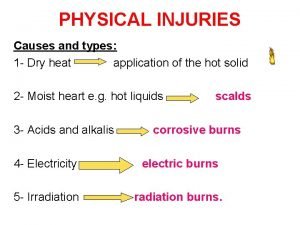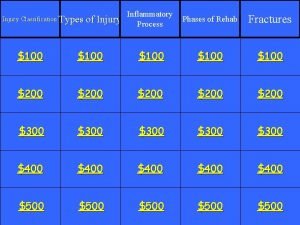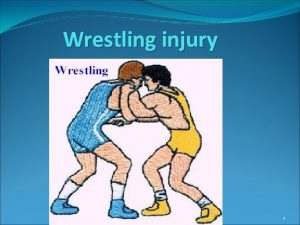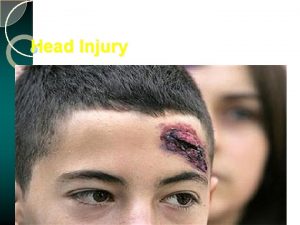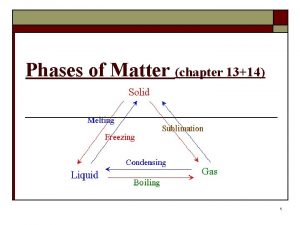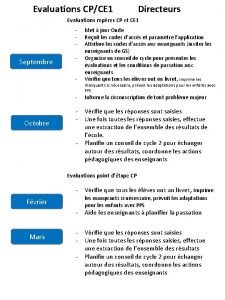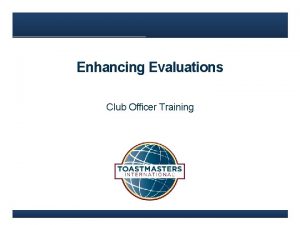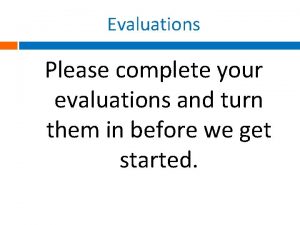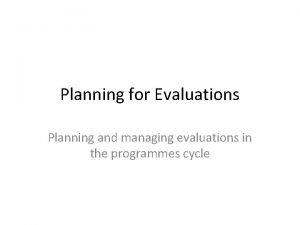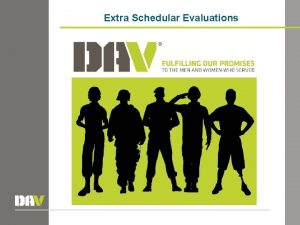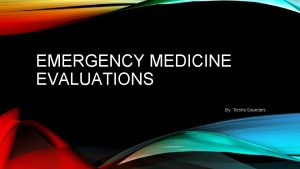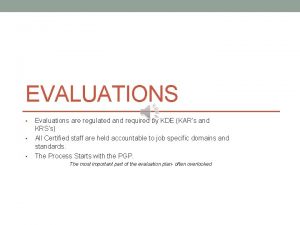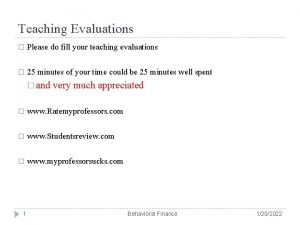Chapter 20 INJURY EVALUATIONS INJURY EVALUATION PHASES n




























- Slides: 28

Chapter 20 INJURY EVALUATIONS

INJURY EVALUATION PHASES n Primary Survey u Discovering and correcting life-threatening situations n Secondary Survey u If not immediately life-threatening, these are the next steps u Performed on the field, sideline or in athletic training room

EVALUATION Rule #1 BE CALM

PRIMARY SURVEY - LOC n LOC - level of consciousness u By talking (Are you okay? ) or rubbing collarbone, sternum, or tap shoulders u Never use ammonia u No response, call 911

PRIMARY SURVEY – ABC’s n Airway u Try not to move victim more than absolutely necessary u If no known neck injury, do head tilt – chin lift u If neck injury is suspected, jaw thrust u May have to remove facemask or equipment

PRIMARY SURVEY – ABC’S n Breathing u Look (chest rise and fall) u Listen (breath sounds or gurgling) u Feel (for breath on cheek) u If you have all of these, check respiratory rate (how fast? ) and respiration volume (how deep? )

PRIMARY SURVEY – ABC’s n Circulation u Check pulse in carotid artery u Normal/Average rate is 60 -80 bpm

If they can tell you something is wrong, they are conscious have their ABC’s

PRIMARY SURVEY - Bleeding Look for obvious, outward signs of bleeding n Be suspicious of internal bleeding n Types of Bleeding 1. Arterial Bleeding – very rapid, may pump, bright red, and life-threatening 2. Venal Bleeding – also rapid but a more steady flow, darker red 3. Capillary bleeding – oozing, gradual flow n

SECONDARY SURVEY

SECONDARY SURVEY n What are vital signs? u Different “tests” that assess an individual’s level of functioning u Need to know what normal ranges are t if the test results are too high or too low problem

SECONDARY SURVEY – VITAL SIGNS n Body Temperature – feel the skin u Normal – 98. 6 degrees u Can take temperature in ear, mouth, armpit or rectally

SECONDARY SURVEY – VITAL SIGNS n Pupils – shine light into eyes to assess potential brain injury u Normal round, equal, and get smaller with light u PEARL – Pupils Equal And Responsive to Light

SECONDARY SURVEY – VITAL SIGNS n Motor and Sensory Function u Can they move and feel extremities? n State of Consciousness u Can they respond to questions and commands?

SECONDARY SURVEY – VITAL SIGNS n Skin Color – looking for red, white, or blue u Red – heat stroke u White – illness, heat exhaustion u Blue – lack of oxygen in blood

SECONDARY SURVEY – VITAL SIGNS n Pulse – heart beat u Take in wrist (radial) or neck (carotid) u Normal pulse – 60 -80 beats per minute

SECONDARY SURVEY – VITAL SIGNS n Respirations – rate of breathing u Normal respirations – 10 -12 breaths a minute

SECONDARY SURVEY – VITAL SIGNS n Blood Pressure u Systolic – number on top t Pressure when heart contracts u Diastolic – number on bottom t Pressure when heart is at rest u Normal – 120 / 80

SECONDARY SURVEY DAILY INJURY EVALUATIONS n Need to know: u Anatomy u Mechanisms Of Injuries (MOI) – cause of injury t What are examples? u Signs and symptoms of injuries

DAILY INJURY EVALUATIONS n History n Observation n Palpation n Special Tests

HOPS - HISTORY n n Past History u Has this happened before? Current History u Chief Complaint – what is problem? u Where does it hurt? Point with one finger u What were you doing? u MOI, show with good body part u Unusual sounds and sensations, popping

HOPS - HISTORY n Current History– con’t u Pain t Quality – description (dull, burn, ache) t Radiating – does it go anywhere else t Severity – scale of 0 - 10 t Time – how long has it hurt u What sport or activity are they doing

HOPS - OBSERVATION n n n Looking at body part and appearance Want to compare to opposite side Looking for: u Swelling u Scars u Discoloration u Deformity u Gait - walking u Guarding - holding

HOPS - PALPATION Touching n Have to know your anatomy n Start away from sorest area and work towards pain – helps gain trust n Need to develop a system u Bones first, and then soft tissue n

HOPS – SPECIAL TESTS n Range of Motion (ROM) u Moving a joint u Active t Athlete moves body part themselves u Passive t You move body part to end range u Resisted t Strength testing

HOPS – SPECIAL TESTING n Stress Tests u These are specific tests that look for specific injuries

HOPS – SPECIAL TESTS n Neurological Tests u Sensation t Light and sharp touch u Movement and Strength u Reflexes

HOPS – SPECIAL TESTS n Sport Specific Activity u Start with easy activities and work your way to more complex activities
 How to protect yourself from intentional injuries
How to protect yourself from intentional injuries Hops procedure
Hops procedure Hips hops athletic training
Hips hops athletic training Injury evaluation questions
Injury evaluation questions Ankle sprain soap note
Ankle sprain soap note Non-fatal injury evaluation
Non-fatal injury evaluation Soap injury evaluation
Soap injury evaluation Susilo business center
Susilo business center Restitution évaluations nationales cp
Restitution évaluations nationales cp Nau student evaluations
Nau student evaluations Pharmacoeconomic evaluations amcp
Pharmacoeconomic evaluations amcp What is nondiscriminatory evaluation
What is nondiscriminatory evaluation Uri idea evaluation
Uri idea evaluation Shsu idea evaluations
Shsu idea evaluations Chapter 5 emergency preparedness injury game plan
Chapter 5 emergency preparedness injury game plan Chapter 25 suicide and nonsuicidal self injury
Chapter 25 suicide and nonsuicidal self injury Chapter 3 sensory evaluation the human factor answer key
Chapter 3 sensory evaluation the human factor answer key Chapter 6 implementation and evaluation
Chapter 6 implementation and evaluation Chapter 11 assessment and evaluation of sports injuries
Chapter 11 assessment and evaluation of sports injuries What is taste bias
What is taste bias How easily a food shatters or breaks apart
How easily a food shatters or breaks apart Priapisml
Priapisml What is incident report form
What is incident report form Unilateral superior laryngeal nerve injury
Unilateral superior laryngeal nerve injury Vocal cord positions
Vocal cord positions Median cricothyroid ligament
Median cricothyroid ligament Root value of tibial nerve
Root value of tibial nerve Thermal burn injury
Thermal burn injury Most common site of ureteric injury during hysterectomy
Most common site of ureteric injury during hysterectomy

